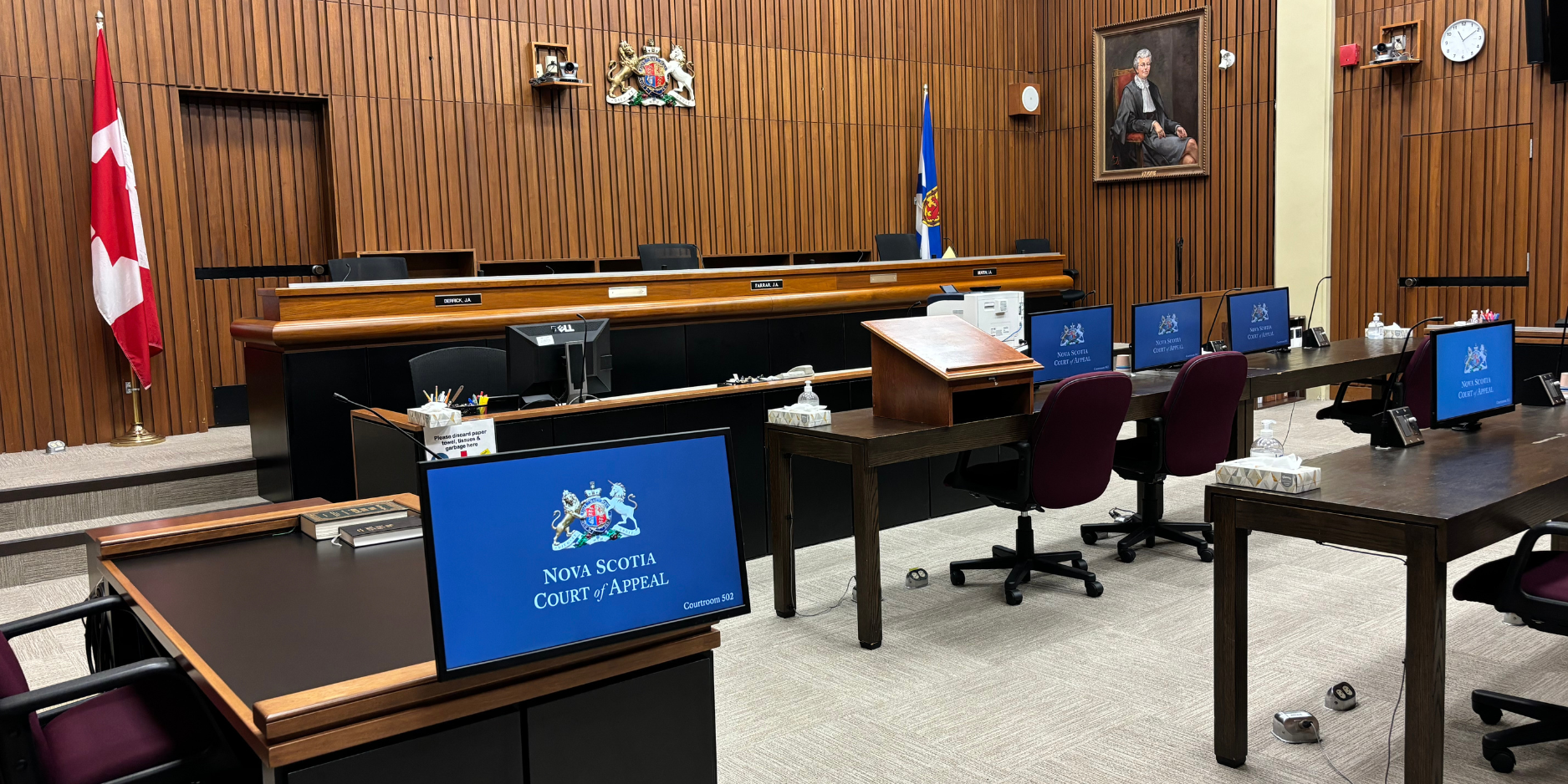In a significant step toward improving access to legal information, the Nova Scotia Court of Appeal has recently started producing decision summaries supported by AI, in partnership with Lexum. This milestone follows a successful pilot project initiated in October 2024, which was aimed at exploring whether AI could responsibly assist the Court in making legal decisions more accessible and easier to understand.
Now, nearly a year later, the pilot has delivered promising results. With its value clearly demonstrated, we’re excited to share that decision summaries powered by Lexum’s Norma online legal publishing platform and reviewed by the court are regularly added on their website.
The Role of the Court
The Nova Scotia Court of Appeal is the province’s highest court, sitting primarily in the Law Courts building in Halifax. It hears appeals in civil, criminal, and family matters from the Nova Scotia Supreme Court, and in criminal matters from the Provincial Court and Youth Justice Court. The Court also hears appeals from other independent adjudicative bodies, such as the:
- Nova Scotia Utility and Review Board
- Workers’ Compensation Appeal Tribunal
- Nova Scotia Human Rights Commission
Its role is not to retry cases, but rather to review the record of the lower court or tribunal for errors of law or procedure that might require its intervention. On the basis of its findings, the Court may:
- Dismiss the appeal, upholding the original decision
- Allow the appeal and order a new trial or hearing
- Allow the appeal but modify the lower court’s order
In nearly all matters, it is the final appellate authority in Nova Scotia—except for the rare cases that advance to the Supreme Court of Canada.
Integrating AI-Powered Summaries
As part of the pilot, the Court collaborated with Lexum to use AI-generated case summaries to support the production of headnotes for decisions published on its website. Each summary is initially AI-generated, then carefully reviewed, structured, and edited by Court staff. Once reviewed and approved by the judge who authored the decision, the summary is fully integrated into the headnote of the published ruling.
The summaries cover key aspects of each case—including the facts, procedural history, parties’ submissions, legal issues, disposition, and reasons. They also include embedded hyperlinks that let readers jump directly to the relevant paragraphs in the full decision.
The result is a clear, accessible, and professionally curated summary that makes the content of appellate decisions easier to navigate and understand. Whether for legal professionals conducting research, journalists covering court rulings, or members of the public seeking clarity, these summaries offer concise and reliable overview of each case.

Figure 1: Decision headnote produced with the assistance of AI on the Nova Scotia Court of Appeal website.
Continuing a Tradition of Accessibility
This isn’t the Court’s first effort to improve public access to legal information. For many years, it published Library Sheets—reader-friendly case abstracts prepared by legal librarians.
Today, with the help of our AI-powered functionality, that tradition continues in a modern form. The new approach is faster, scalable, and more cost-effective, while still preserving editorial oversight and the standards of quality and trust expected of Canada’s judiciary. Every summary is dutifully reviewed and, if needed, revised by the court’s Publication Manager under the direction of the judge who wrote the decision before reaching the public.









